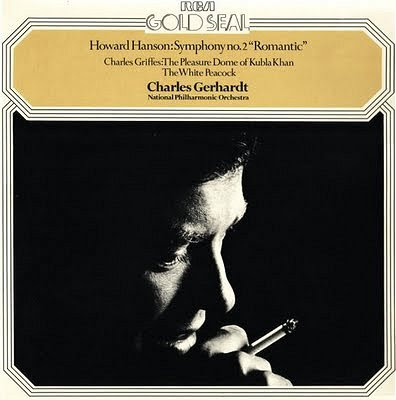Leaving on a plainsong

It may conceivably be possible to live without churches; but it is not possible to live without religion, that is, without the systematic work to keep in contact with, and develop towards, higher levels than those of 'ordinary life' with all its pleasure or pain, sensation, gratification, refinement or crudity - whatever it may be. The modern experiment to live without religion has failed, and once we have understood this, we know what our 'post modern' tasks really are.My epigraph is taken from E.F. Schumacher's exploration of the twilight zone between science and belief A Guide for the Perplexed and the featured CD is the syncretic mix of Ustad Nishat Khan improvising on sitar in response to the Ensemble Gilles Binchois' Gregorian chant. Plainsong and its influence is something of a leitmotif on the path and there is a thread that takes us back in time from the Orlando Consort's Mantra project and June Boyce-Tillman's Revelations of Divine Love to Jonathan Harvey's Passion and Resurrection and Edmund Rubbra's Ninth Symphony Continuing back we come to Gustav Holst's Gnostic masterpiece The Hymn of Jesus and Charles Tournemire's epic L'Orgue Mystique before finally reaching pure Gregorian chant as sung in a Benedictine Abbey in France, and did I mention that Ravi Shankar included a plainsong quotation in one of the albums he made with George Harrison? I am going to leave you now with those links as I will be away from blogging for a while searching for new paths.
* Trivia (or not?) - Meetings of Angels is multi-tracked in the manner of a rock album. Ensemble Gilles Binchios layed down the chant tracks in the Abbey of Anzy-le-Duc in France and Nishat Khan added the improvised sitar and tambura parts in the C.M.C. Studios in Rome, thereby dispensing with one of classical music's "silly" convention, the recording studio as surrogate concert hall. The only problem is the result sounds multi-tracked with the voices and instruments in a noticeably different acoustic. It is not a deal breaker, just another manifestation of Beethoven's grand slam.
Also on Facebook and Twitter. Any copyrighted material on these pages is included as "fair use", for the purpose of study, review or critical analysis only, and will be removed at the request of copyright owner(s). Report broken links, missing images and errors to - overgrownpath at hotmail dot co dot uk









Comments